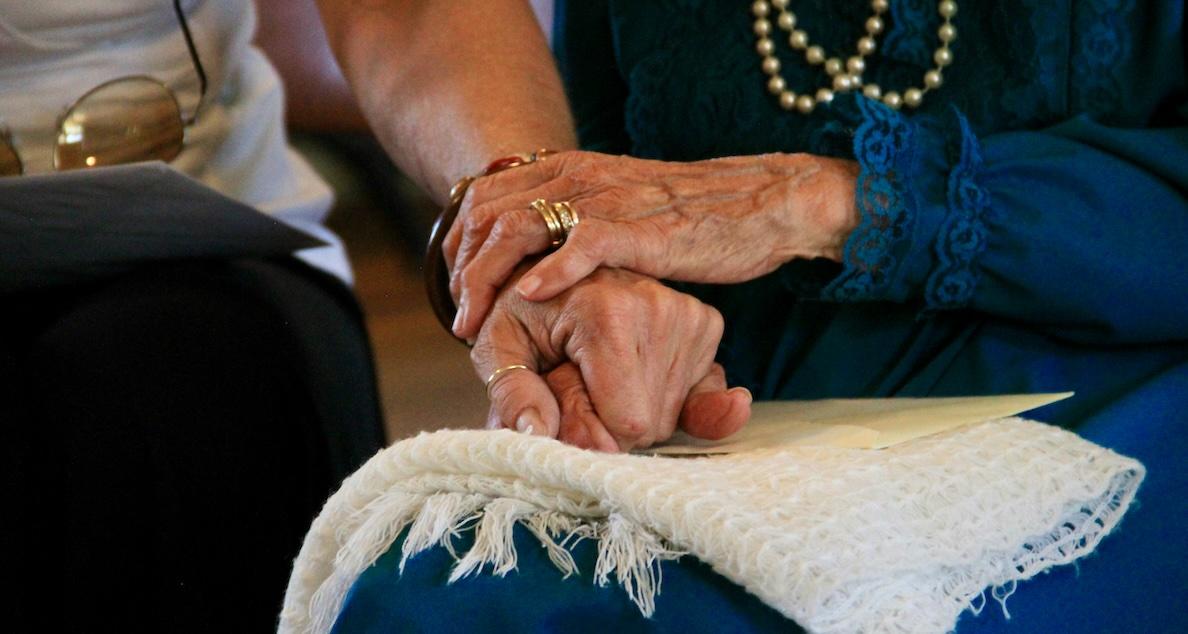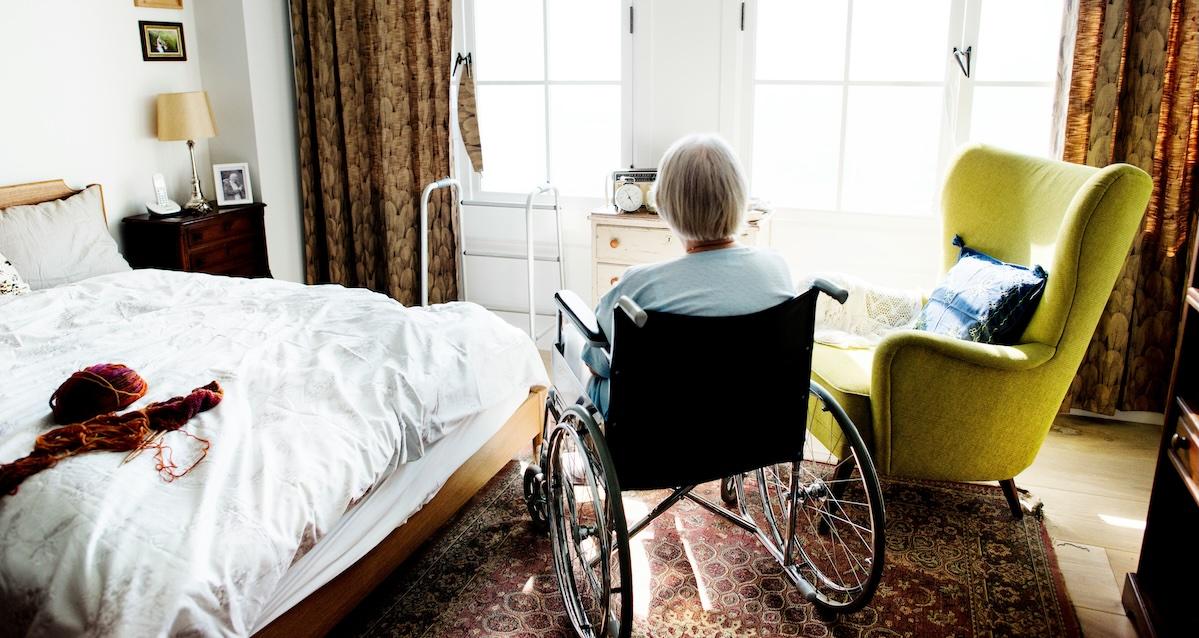The Shocking Cost of Getting Old: Why Elder Care Is Breaking American Families
The truth is, elder care in America is a financial crisis — and adults are stuck between caring for their own kids and their aging parents.
May 14 2025, Published 2:56 p.m. ET

Getting older is supposed to be about slowing down and enjoying what you've built. Maybe there’s a porch swing involved. A garden. A warm dinner is waiting. But for many American families, aging has turned into something else entirely—a nonstop wave of bills, decisions, and financial panic. It’s not just the people growing old who are paying the price. It’s their adult children, their spouses, their grandkids. And the cost isn’t only money—it’s time, stress, and peace of mind, too.
People don't talk about this enough. We throw around the term “aging population” like it’s just a stat. But behind every aging person is a family quietly crumbling under the weight of trying to make it all work. The truth is, elder care in America is a financial crisis in slow motion. And it’s taking down middle-class families one by one.

Why the Cost Creeps Up Before You Even Notice
It usually starts small. Maybe Mom needs help with groceries. Or Dad can’t drive at night anymore, so someone has to get him to appointments. At first, it’s manageable. But then it snowballs. You’re taking more time off work. You’re sending money. You’re hiring someone to help with laundry or meals. And before you know it, elder care becomes a full-time job that no one trained you for, and no one’s paying you to do.
Most families don’t plan for this. And why would they? The price of aging isn’t listed in any retirement guide in plain language. But it’s real. Home aides can cost thousands each month. Assisted living? Even more. And nursing homes? That’s when things go nuclear. We're talking costs that rival Ivy League tuition—with none of the prestige.
Add in things like medications, physical therapy, home modifications, and surprise hospital stays, and it starts to feel like your aging parent is a financial time bomb you can’t defuse. And just when you're running out of options, you learn about scammers targeting seniors, and suddenly you’re not just worried about how to pay for care—you’re panicked about keeping them safe.
The Ripple Effect on the Sandwich Generation
If you’re part of what’s called the sandwich generation — the adults stuck between caring for their own kids and their aging parents — you already know the exhaustion of this balancing act. You might be paying for daycare and adult diapers in the same month. Maybe you’re driving one kid to soccer practice and then racing across town to help your dad take a shower. That isn’t sustainable, no matter how much love you have.

What’s worse is that many people in this situation have to reduce their work hours, give up promotions, or leave the workforce entirely. That affects retirement savings, career growth, and overall financial health. And even when families try to split up the responsibilities, it’s usually one sibling — often a daughter — who ends up carrying most of the load. There’s guilt, resentment, and burnout. The emotional cost is just as steep as the financial one.
You want to do the right thing. You want to honor your parents. But doing that without falling apart yourself? That’s a different challenge altogether.
When Independence Slips and Specialized Care Becomes the Only Option
Eventually, there comes a point when staying at home is no longer safe. Maybe someone starts wandering at night. Maybe they forgot to turn off the stove. Maybe they just can’t be left alone. This is where families often hit a wall and realize they need something more serious. That’s when memory care enters the picture. And while it can be a lifesaver, it also comes with a price tag that will make your jaw drop.
The thing is, good memory care is worth it. It can mean the difference between a loved one living in fear and confusion or living with dignity. These facilities are designed for people with Alzheimer’s or dementia, and they offer routines, safety, and staff who are trained to handle the unpredictable nature of those conditions. But that peace of mind? It can cost $6,000 to $10,000 a month. Insurance rarely helps much. Medicare doesn’t cover long-term care. And unless your loved one planned years in advance with long-term care insurance, most of the bill lands squarely on the family’s shoulders.
Why Medicaid Isn’t the Safety Net People Think It Is
A lot of families breathe a sigh of relief when they hear Medicaid might help. But that sigh usually turns into a groan once they realize what’s involved. Medicaid does help pay for long-term nursing home care, but only after the person has spent nearly all their savings. You basically have to go broke to qualify. And even then, getting accepted isn’t simple. There's paperwork, delays, and waiting lists.

Many facilities don’t even accept Medicaid, or they limit the number of Medicaid beds. That means if you want quality care, you often have to pay out of pocket for as long as possible—hoping that by the time you run out of money, a Medicaid slot will magically open up. It’s not a plan. It’s a hope dressed up as a policy.
The Financial Future No One Wants to Talk About
We all know we’re living longer. But no one’s talking about what that really means for the people around us. The math is brutal. Retire at 65, live to 90, and if your health declines somewhere in the middle? That’s decades of possible care costs. Multiply that by millions of aging Baby Boomers, and it’s easy to see why families are falling apart under the weight of it all.
The hardest part is that most families wait until they’re in crisis mode before they figure all this out. And by then, the options are few, and the prices are sky-high. It’s heartbreaking. And it’s happening every single day in households across America.
Aging shouldn’t feel like a financial punishment. But for too many families, it already does.
